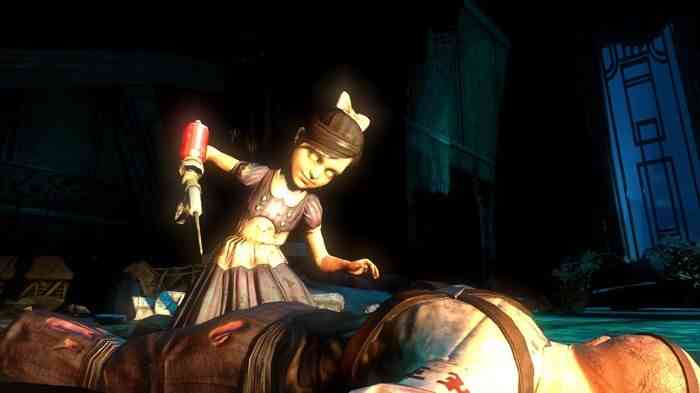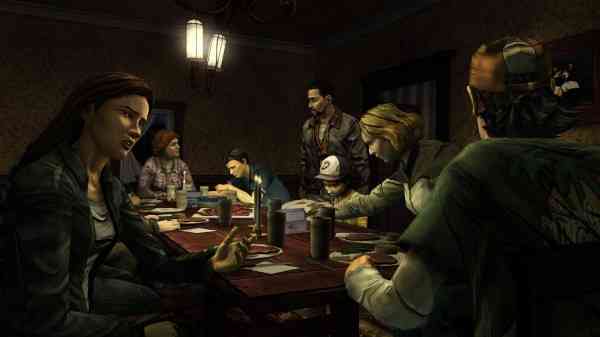3 – Underwater Levels
Game developers want to raise the stakes as a game progresses. That’s a good thing! If every level were the same, with the same enemies and the same challenges, we’d grow bored and maybe, I don’t know, go outside and tend to our cardiovascular health or something. To keep that from happening, developers create new challenges for us. In the early days of video games, that often meant an underwater level.
Teenage Mutant Ninja Turtles for the NES is often remembered not for its action platforming or its Foot Clan-crushing turtle van, but for its Dam level. Dam level is right — this sucker was a punisher. Forced to swim through narrow passages and deactivate bombs, the Dam became a blocker for many kids who just wanted to see if the turtles would finally defeat Shredder. The problem here came from the controls. Killer seaweed, electrical currents, and spinning balls of death on loan from Super Mario Bros. stood in your way. And did I mention the level is timed? What a nightmare!
Sonic the Hedgehog’s early games also earn a spot on the wall of shame for their underwater levels. Taking speedy Sonic and slowing him down to a snail’s pace is bad enough, but requiring him to breathe air through sporadically and randomly spawning bubbles is just bad design. To this day, nothing gets my heart racing like the Sonic-is-about-to-drown music.

Maybe this is cheating, but the game that I think handles underwater mechanics the best is Ecco the Dolphin. Okay, yes, the whole game is an underwater level, but it brilliantly addresses the problems raised by the other games I mentioned. The controls take some getting used to, but with a little time and experience, you will be flying through underwater caves, smashing into enemies with your powerful nose, and leaping gracefully into the air. The way the game handles your need for oxygen is an improvement, too. Not only can you swim to the surface often to refill, but there are plenty of air pockets available deep underwater, as well. Plus, you’re a dolphin, so you can hold your breath a lot longer than some goofy hedgehog.
4 – Morality Systems
In the beginning, video games allowed us to play heroes almost exclusively, whether it be Mario saving the Mushroom Kingdom or Pac Man saving himself from a bunch of irrationally angry ghosts. (What was their beef with him, anyway? Was that ever established?) Pretty soon, though, we discovered how good it could feel to be bad. Games like Grand Theft Auto put us in the role of a criminal and let us set our Ids free to wreak havoc. More recently in gaming history, developers have started playing in the gray areas between good and evil. Games like Bioshock provide incentives for doing good and, likewise, incentives for doing bad. You get to choose how your character behaves.

However, these binary good/evil systems are far too simplistic to really capture morality. In Bioshock, for example, your choice is to save a little girl or kill and harvest her for energy. That’s fine if you want to play as a purely evil character, but where’s the nuance? Games like the Fallout series, with Karma meters and the like, assign every action or response a karmic value: Good or Bad. Your meter rises or falls accordingly. This also fails to capture the essence of morality, because sometimes people have to make difficult choices for a greater good.

Telltale’s Walking Dead games do a much better job of presenting you with moral choices. In the world of The Walking Dead, there’s rarely a “good” or “evil” choice to make. You forge relationships with characters, and when those characters are in peril, you are forced to make snap decisions about who lives and who dies. If the game rewarded you for making the “good” choice (or punished you for making the “evil” choice), the impact of these decisions would be lost. More games should learn to respect the immensity of morality and create games that operate a little more like real life.
